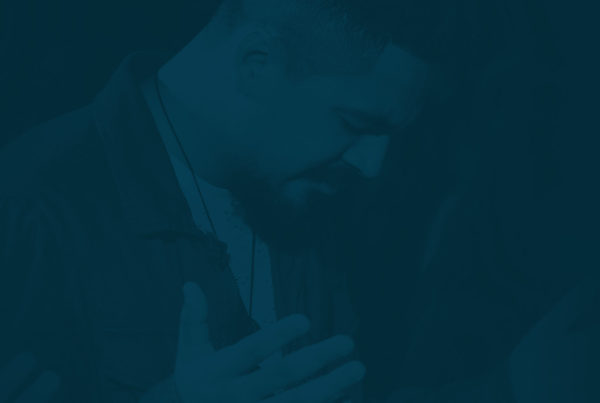The first priority for the church should be to consider applying for the forgivable SBA loan that is part of the Payroll Protection Program. This would give the church a loan of up to 2.5 times your average monthly payroll. Its forgiven to the extent you use the funds for payroll, rent, utilities or interest on other debt; and to the extent you do not reduce wages. Any portion that is not forgiven will be paid back over 2 years at 1%, beginning in 2021. Applications are processed through the local banks. Contact your bank immediately to obtain their loan calculator and document checklist. Banks have slightly different interpretations when its comes to program details, so its important to direct questions to the bank who will be processing your application. There are a limited amount of funds and funds are deployed on a first come first serve basis. Churches must certify that the loan is necessary because of the current economic uncertainty.
For churches who do not participate in the Payroll Protection Program, there is a separate program called the Employee Retention Credit. Churches are eligible if operations have been fully or partially suspended (which all churches should qualify because of the mandate to cease live worship), or the employer has experienced a reduction in revenue of at least 50%. The credit is 50% of the first $10k of wages per employee. If you have more than 100 full-time employees, the credit is only applied to wages for employees who are NOT working. The credit is taken against the employer share of payroll taxes. To the extent the credit exceeds the employer share of payroll taxes, its applied as an overpayment to be absorbed in future payrolls; or churches can request advance payment from the IRS.
One other program that could provide some immediate relief is called the Families First Coronavirus Response Act. This act provides the church with reimbursement for certain wages paid if the employee is unable to work because they 1) have kids at home, 2) are infected with the virus, experiencing symptoms or a quarantined or 3) are caring for someone who is infected, experiencing symptoms or is quarantined. In situation 1) the credit is for 2/3 of the employee’s pay, up to 12 weeks. In situation 2) the credit is for 100% of pay, up to 2 weeks. In situation 3) the credit is for 2/3 pay up to 2 weeks. The credit is taken against payroll taxes (federal withholdings, employer and employee share of social security / Medicare… with respect to all employees).
Unemployment is also an option, however it will be limited because churches are exempt from traditional unemployment. Church employees could get benefits from a special disaster relief unemployment program, but it would not be the same as they would otherwise get from secular employment. It appears that church employees would be eligible for up to $600 per week for up to 26 weeks, through the federal disaster relief unemployment program. Applications are processed through the state unemployment agency. Church employees remain ineligible for traditional state unemployment benefits.
For churches who do not participate in the Payroll Protection Program, they also have the opportunity to defer the employer share of social security. The 6.2% for the employer share of social security can be deferred and ½ paid by 12/31/21 and the other half by 12/31/22 (this is not forgiven, it must be paid; this only defers payment).
Finally, churches can apply for an Economic Injury Disaster Loan (EIDL) from the SBA. Unlike the Payroll Protection Program, which is also administered by the SBA, churches apply for the EIDL directly from the SBA and not through a local bank. EIDL loans are up to $2m and include varying repayment terms. These loans are not eligible for forgiveness. Churches must demonstrate that they are geographically located in a federal disaster area and have suffered an economic loss from the disaster.





